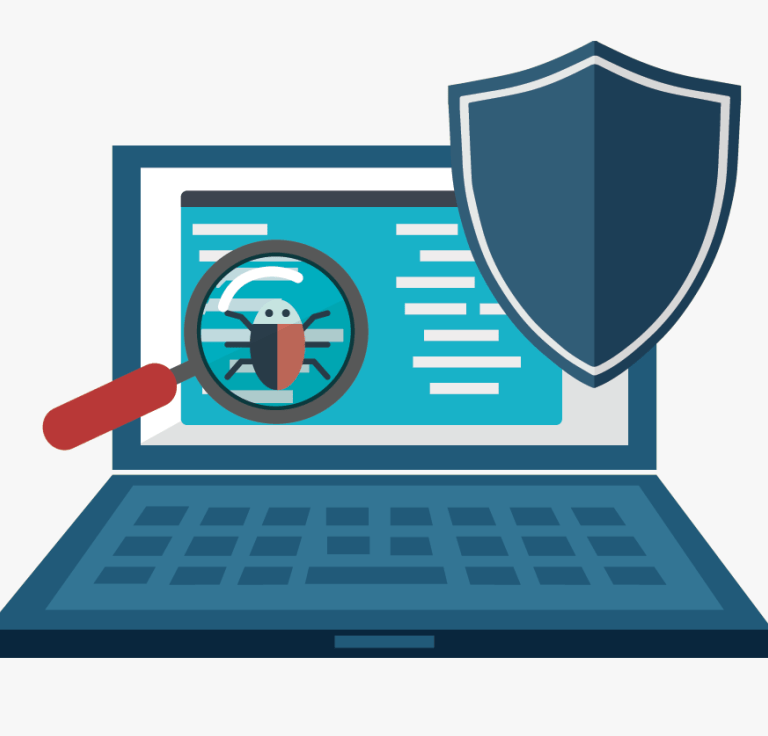Digital security attacks: Different types
Digital security attacks are malicious attempts by hackers or cybercriminals to compromise a computer system, network or device. They can have various goals, such as stealing data, disrupting services, extorting money or spying on activities. In this blog post, we will explore some of the most common types of digital security attacks and how to prevent them.
Malware Attacks
Malware is a general term for any software that is designed to harm a computer or device. Malware can include viruses, worms, trojans, ransomware, spyware, adware and more. Malware can infect a system through various methods, such as phishing emails, malicious downloads, removable media or software vulnerabilities. Malware can cause various problems, such as deleting or encrypting files, stealing information, displaying unwanted ads or taking control of the system. To prevent malware attacks, users should use antivirus software, avoid opening suspicious attachments or links, update their systems regularly and backup their data.
Phishing Attacks
Phishing is a type of social engineering attack that involves sending fraudulent emails or messages that appear to come from a legitimate source, such as a bank, a company or a friend. The goal of phishing is to trick users into revealing their personal or financial information, such as passwords, credit card numbers or bank account details. Phishing can also be used to deliver malware or direct users to malicious websites. To prevent phishing attacks, users should be wary of unsolicited emails or messages that ask for sensitive information, check the sender’s address and the URL of any links, and use multifactor authentication for their online accounts.
Denial-of-Service Attacks
A denial-of-service (DoS) attack is a type of attack that aims to disrupt the availability of a system or service by overwhelming it with traffic or requests. A distributed denial-of-service (DDoS) attack is a more powerful version of a DoS attack that involves multiple compromised devices that act as a botnet to launch a coordinated attack. DoS and DDoS attacks can affect websites, servers, networks or online services by slowing them down, crashing them or making them inaccessible. To prevent DoS and DDoS attacks, organizations should use firewalls, load balancers, traffic filters and monitoring tools to detect and mitigate abnormal traffic patterns.
SQL Injection Attacks
SQL injection is a type of code injection attack that exploits a vulnerability in a web application that uses a SQL database. An attacker can inject malicious SQL commands into an input field or a URL that is sent to the database server. This can allow the attacker to access, modify or delete data from the database, bypass authentication, execute commands on the server or cause damage to the application. To prevent SQL injection attacks, web developers should use parameterized queries, input validation and output encoding techniques to prevent malicious SQL commands from being executed.
Zero-Day Exploits
A zero-day exploit is a type of attack that takes advantage of a previously unknown vulnerability in a software or hardware system. A zero-day vulnerability is one that has not been disclosed or patched by the vendor or developer. An attacker can use a zero-day exploit to gain unauthorized access to a system or device before the vulnerability is fixed. Zero-day exploits are often used by sophisticated hackers or state-sponsored actors who have access to advanced tools and resources. To prevent zero-day exploits, organizations should use security updates as soon as they are available, use intrusion detection and prevention systems and employ security best practices.







